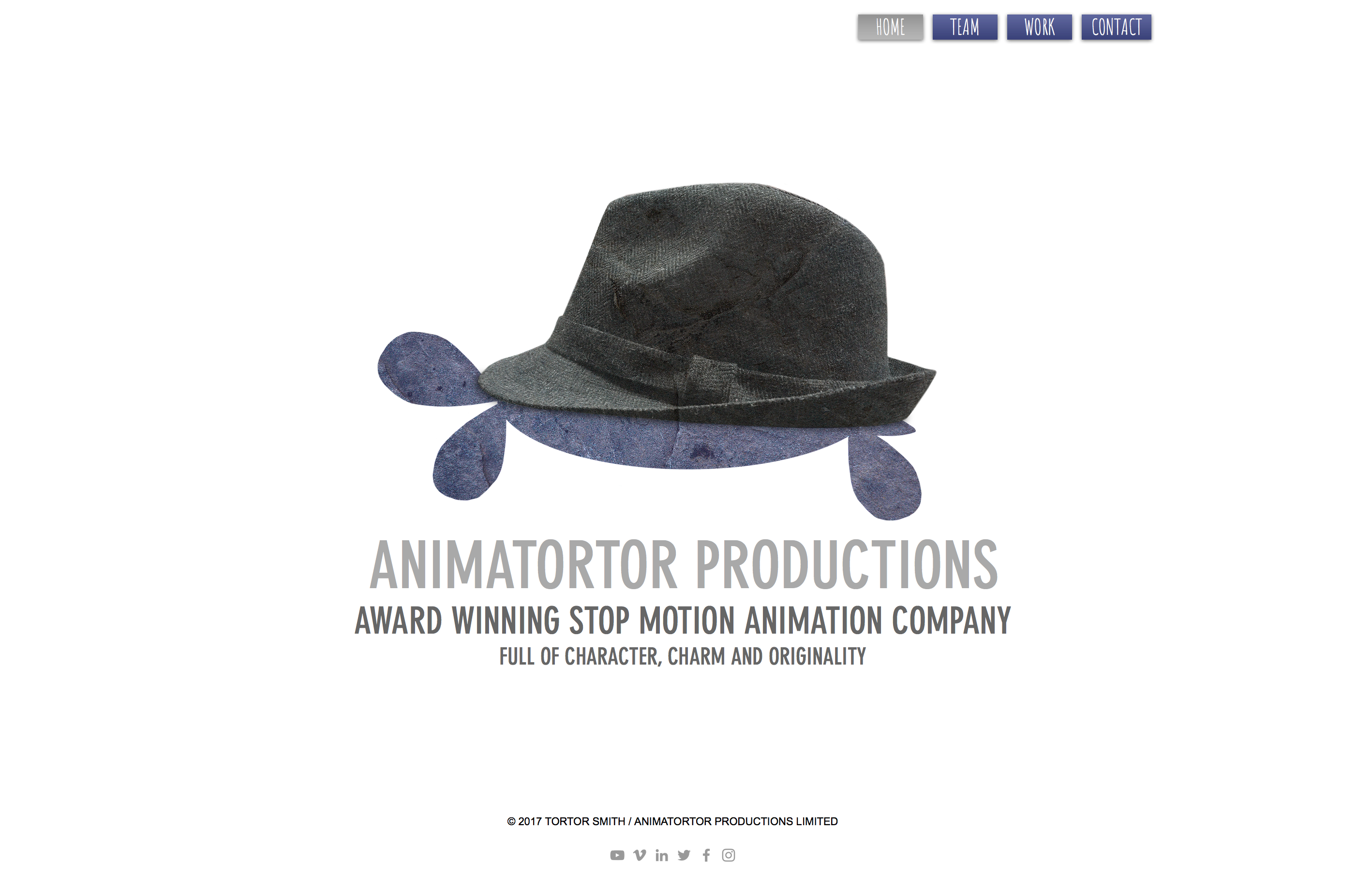What Makes A Perfect Pitch?
- Tortor Smith

- Jul 29, 2022
- 4 min read
Let's begin with what a pitch actually is. Relating to stop motion animation, a pitch generally consists of five key elements: a title, synopsis, treatment, storyboards and links to previous work. If you are pitching on the sites I mentioned in my previous blog post they will usually outline within the brief all of the elements that are required too - super easy to follow. So, what do all these pitch elements mean?
A Title - this is pretty straightforward, you give your idea or project a name... but often the simplest parts of a pitch are the trickiest to get right. Occasionally a great title will jump to mind straight away, but other times you can be left scratching your head for hours, or even days.
Clever and succinct titles are usually most successful. A play on words or something punny can be a winning formula too. My advice would be stay true to you, your own personal style. If you are not a funny creator then don't try and force that into your work as it will come across inauthentic.
In short never underestimate the power of a good title - it can make or break an idea.
A Synopsis - essentially this is a succinct and sexy way of summarising your idea, film or vision into a short sentence or two. Try and be clear and descriptive. You need to get across you whole concept as efficiently as possible here. It can often be best to work on the wider idea first and then come back to this later. At the start of ideation and pitch creation it can be more challenging to condense your thoughts neatly and package them in this way.
Being able to summarise effectively in this way can take some practice, you'll get better at writing a synopsis the more you do though - stick with it.
A Treatment - if a brief asks only for a treatment then the above two elements (title and synopsis) would be included here also. If a treatment is asked for in addition to the above then the contents of a treatment are as follows: a more thorough explanation of your idea or story outline - this can be a short paragraph or two. The technique you plan to execute your idea with, this could be stop motion animation... but you can expand on the materials you would plan to use or how you will go about making the film too. Visual reference, use images of your own work or other found images and styles (with credit) to illustrate better the look of the work you intend to make - think of this like a mini mood board. About you - often the client will want to get a feel for you too, writing a short bio accompanied by a recent photo can help them get to know the person behind the pitch.
Some platforms offer a video section in addition to the treatment where you can actually speak your treatment out to the camera, essentially a pitch video instead of a document, you can always submit both if that option is offered too.
Storyboards - a visual shot-by-shot description of the action. These can include notes such as VO, SFX or Action below each frame. Typically a frame will show one second of time on screen... so you don't need to draw out everything - just show the key moments that get your idea across. If the client likes how it's looking then you can further expand your storyboards at a later date when funding is secured.
Links to previous work - make these relevant to what you are pitching for. Have you animated something in the same style you are pitching? If it is a character film do you have any character work? Animating with paper? It would be a good idea to show an example of your previous paper stop motion work.
Links to previous work does not mean a showreel. It means previous standalone pieces. If you have worked with a group of people on a project or at a company then simply say what your specific role was on that piece.
Other things to remember:
On treatments make sure to add page numbers and also your name to every page, sometimes clients will print things out and this will ensure that nothing gets missed.
Don't be afraid to share your personality, make a pitch video. Clients and sponsors might not be certain on your idea... but then fall in love with YOU and want to find a way to make your idea work.
Rejection is going to happen. A LOT. It's not a personal attack, it doesn't even mean your idea was bad. It just means that that particular idea wasn't right, right now, or in this particular scenario. Keep pitching. You have to believe in yourself!
Sometimes a client doesn't know what they want until they see it. You read the brief, address every point they are looking for and then the choose an idea that is nothing like what they asked for?! It's life unfortunately. Sometimes you can play into this - pitch something you feel is an unlikely solution to the creative ask and it might just end up being selected.
To Conclude:
Don't be fearful about pitching, just give it a go - you have nothing to lose and possibly something really exciting to gain. I've previously won pitches with just a short paragraph of text and some rough drawings. Your idea is always King. If you have a good idea you can win a pitch even if it isn't the most beautifully drawn out document or a well edited pitch video.



Comments